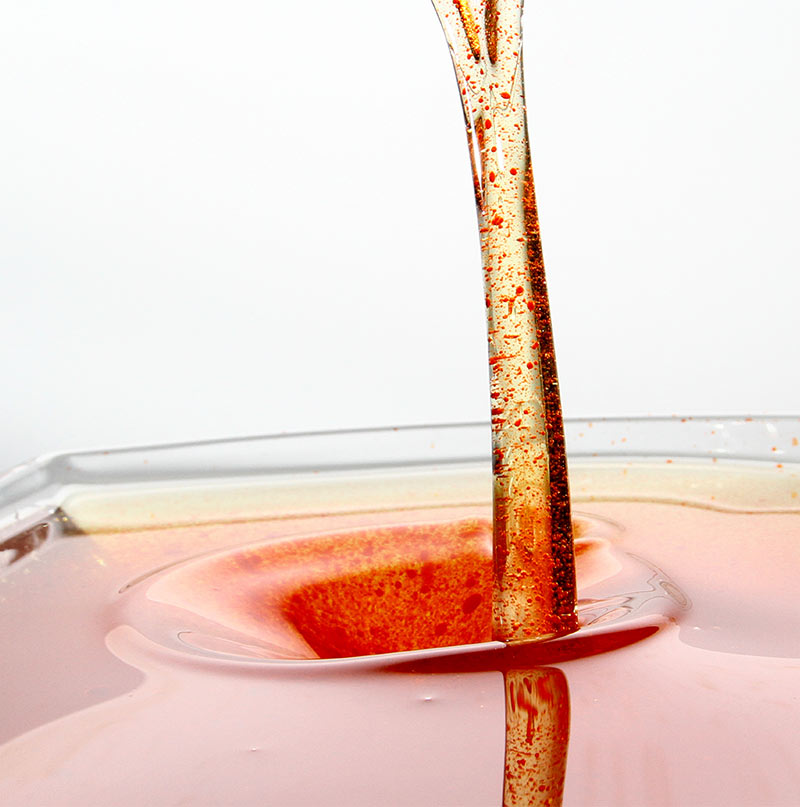
Polymer Grinding & Size Reduction
While naturally occurring polymers date back to 1600 BC by the Mesoamericans, the modern day polymers used widely in a variety of our plastic and polymer products generally result from a synthetic version.
Many of our modern day conveniences are made possible because of the advances in the synthetic polymer industry, particularly at one of the most basic levels—the grinding process.
The quality of the end polymer product relies heavily on the quality of the grind. Polymer powders that are too large or inconsistent in size and particle structure can deliver products that are less durable, weak and less aesthetically appealing.
Methods for Polymer Grinding
Depending upon the application in which the powder will be used, a variety of polymer grinding methods are utilized.
Many applications that use polymer powder require an extra fine grind to ensure the mixing or milling process results in a smoother blend once combined with chemicals and additives. Conversely, the fineness of the grind can directly affect the quality of suspension in blends that require the particles stay suspended in the liquid instead of being dissolved within it.
For some polymers, the structure of the particles requires cryogenic grinding—a process by which the polymer pellets are chilled, decreasing heat buildup and adverse chemical reactions when pushed through the attritor. Without the use of cryogenic grinding, certain materials would melt, oxidize or discolor. The brittle nature of the polymer after the cryogenic process delivers an even and effective size reduction during grinding.
Related Technical Papers
Polymers utilize a range of our Attritors depending upon the end-application. Below are some of the most common Polymer Grinding Attritors used in polymer applications: